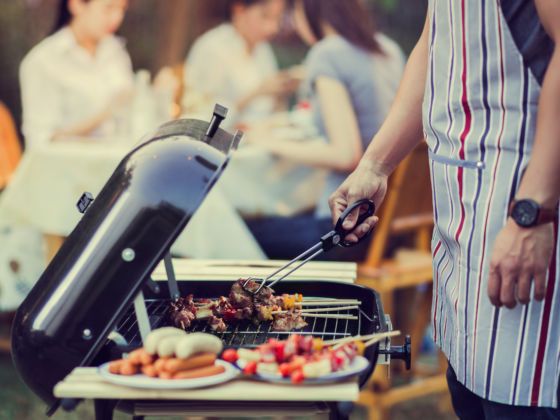Where I’m from in North Carolina, you haven’t had barbecue until you’ve had our barbecue. It’s a matter of regional pride, just as much a cultural and social phenomenon as a culinary tradition.
People all over the world take the same pride in their barbecue. What is it about cooking over a smoldering pit that brings out the best in people?
Here are 7 places to put on your BBQ map:
